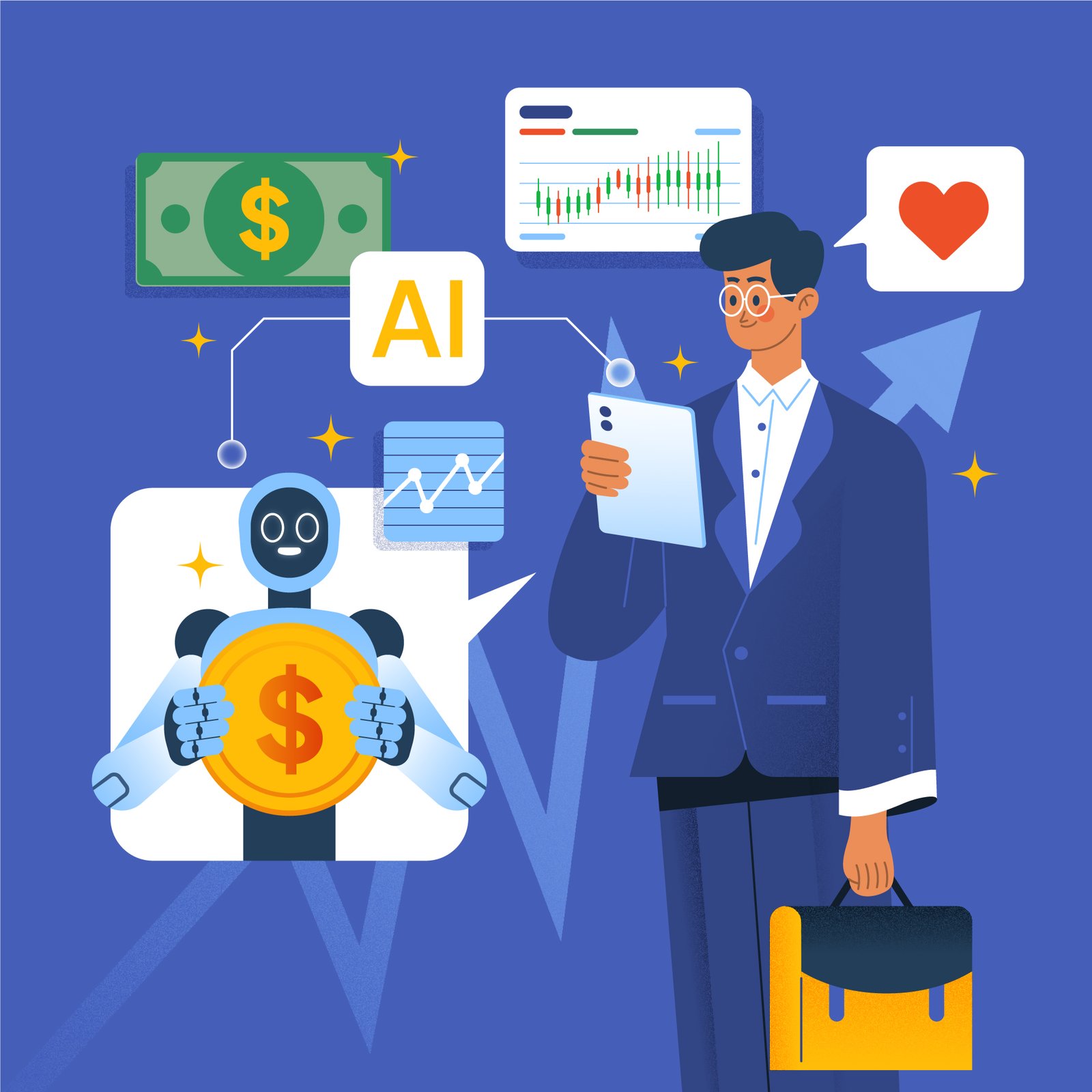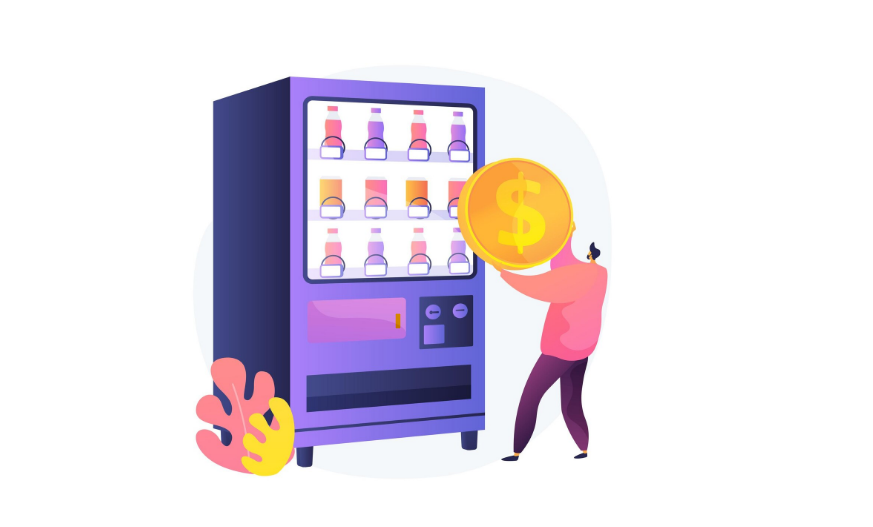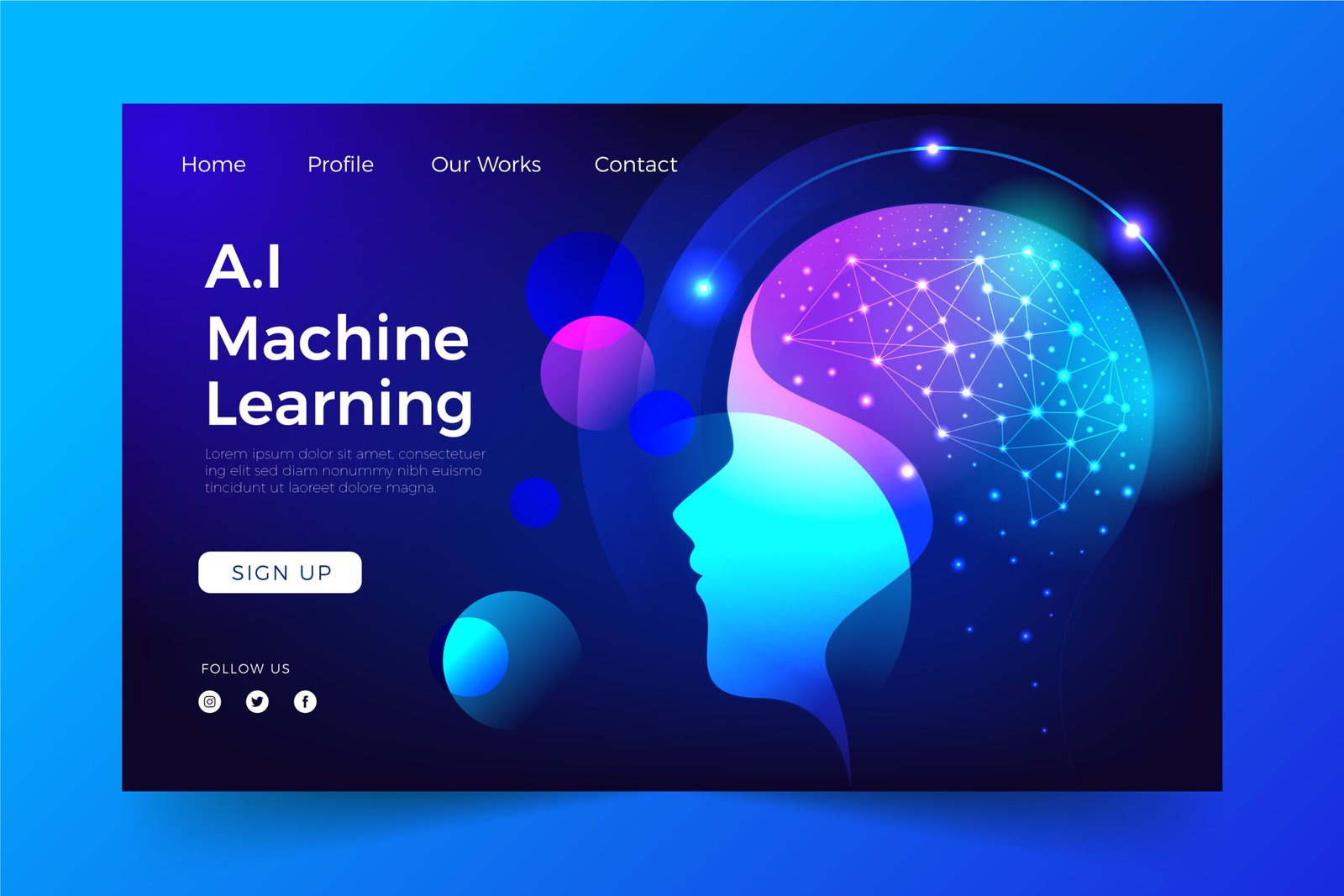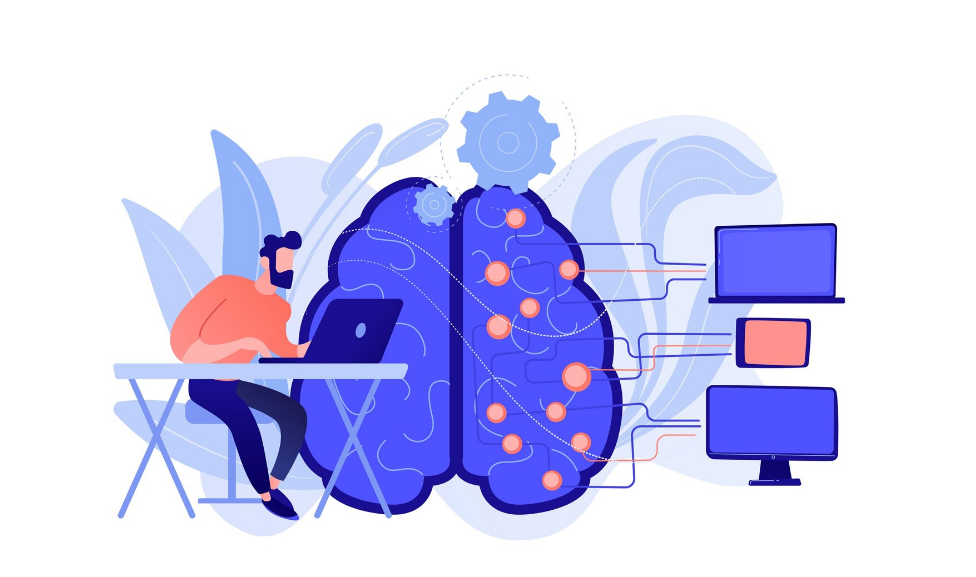In today’s rapidly evolving business landscape, B2B companies face increasing pressure to stay competitive while protecting their profit margins. Traditional pricing models—based on spreadsheets, gut feelings, or outdated data—are no longer enough. Enter AI in B2B pricing, a transformative tool that enables smarter, faster, and more accurate pricing decisions. It’s not just a technological upgrade; it’s a strategic weapon for unlocking growth and maximizing margins.
Whether you’re in manufacturing, distribution, logistics, or SaaS, leveraging AI for pricing can revolutionize how you operate. This blog explores how AI is reshaping pricing in B2B markets, the benefits it delivers, and how you can start using it effectively.
Why B2B Pricing Is So Complex
B2B pricing is inherently more complicated than B2C. It’s not just about selling a product at a fixed price to a customer—it involves:
- Tiered pricing
- Volume discounts
- Custom quotes
- Contractual agreements
- Varying cost structures
- Long sales cycles
And let’s not forget the influence of competitive dynamics, raw material costs, and customer-specific terms. Managing all of this manually or with rigid rules-based systems leaves room for errors, inefficiencies, and lost revenue opportunities.
What Is AI in B2B Pricing?
AI in B2B pricing refers to the use of artificial intelligence and machine learning to automate and optimize pricing strategies across products, services, and customer segments. These systems analyze vast amounts of data—from past sales, competitor pricing, and market trends to customer behavior and buying cycles—to generate data-backed pricing recommendations in real-time.
Instead of relying on assumptions or one-size-fits-all strategies, AI empowers businesses to tailor pricing for maximum profitability and competitiveness.
How AI Improves B2B Pricing Strategies
Here are the key ways AI makes a difference in B2B pricing:
1. Data-Driven Decision-Making
AI systems digest and analyze millions of data points, far beyond human capability. This includes:
- Historical transaction data
- Customer-specific buying patterns
- Market fluctuations
- Inventory levels
- Seasonal trends
Using these inputs, AI models can determine the optimal price that balances margin with volume, tailored to each customer or deal.
2. Dynamic Pricing Models
Unlike static price lists, AI in B2B pricing enables dynamic pricing, allowing companies to adjust prices in real time based on:
- Market demand
- Supply chain constraints
- Competitor pricing
- Customer urgency or loyalty
This level of responsiveness is a game-changer, particularly in volatile industries like manufacturing, logistics, and tech.
3. Customer Segmentation and Personalization
Not all customers are created equal. Some are price-sensitive, others value speed or service. AI can segment your customer base and offer tailored pricing strategies to each group, increasing win rates without sacrificing margin.
4. Predictive Analytics
Want to know how a 3% price increase might affect a key account? AI can simulate various pricing scenarios, showing you the potential impact on revenue and margin—before you pull the trigger.
This forward-looking ability is crucial for sales planning, budgeting, and negotiating deals.
5. Reducing Human Bias
AI brings objectivity. Traditional pricing can be influenced by sales rep discretion, negotiation fatigue, or outdated beliefs. AI-driven systems remove that bias and provide consistent, justifiable pricing recommendations.

Real-World Benefits of Using AI in B2B Pricing
Here’s what companies stand to gain from implementing AI-powered pricing strategies:
✔️ Increased Margins
AI identifies underpriced products and underperforming segments, giving you the insight needed to raise prices where possible—without losing customers.
✔️ Faster Quote Turnaround
Sales teams can generate accurate quotes in minutes, not days. AI reduces back-and-forth with pricing teams and speeds up the deal cycle.
✔️ Improved Win Rates
By understanding what drives different customers, AI helps tailor offers that hit the sweet spot between value and cost, improving the chances of winning deals.
✔️ Enhanced Forecasting Accuracy
AI’s predictive capabilities mean fewer pricing surprises. Your team can anticipate changes in demand, competition, and cost structures—and adjust accordingly.
✔️ Better Customer Relationships
Fair, consistent, and transparent pricing improves trust. Customers appreciate pricing that makes sense and reflects their specific needs.
Common Use Cases Across B2B Industries
1. Manufacturing:
Use AI to manage complex BOMs (bill of materials), component price fluctuations, and tiered customer contracts.
2. Distribution:
Optimize pricing across thousands of SKUs, factoring in regional demand and competitor positioning.
3. Software and SaaS:
Set dynamic license pricing based on user activity, company size, or feature adoption.
4. Logistics and Freight:
AI helps adjust pricing based on fuel costs, delivery speed, and shipment volume, ensuring profitability without losing business.

Challenges and Considerations
As powerful as AI in B2B pricing is, it’s not without its challenges. Here are some things to keep in mind:
📌 Data Quality
AI is only as good as the data it’s fed. Inconsistent, incomplete, or siloed data can lead to inaccurate recommendations.
Tip: Clean and centralize your data sources before implementing AI pricing tools.
📌 Change Management
Introducing AI may trigger resistance from sales teams who are used to pricing by intuition or negotiation.
Tip: Involve stakeholders early, provide training, and emphasize how AI supports (not replaces) their expertise.
📌 Integration
AI tools need to integrate with your existing CRM, ERP, and CPQ systems for seamless pricing workflows.
Tip: Choose platforms with robust APIs and integration capabilities.
📌 Ethical and Legal Considerations
AI-driven pricing must comply with anti-price gouging laws and anti-discrimination policies.
Tip: Work with legal and compliance teams to ensure AI systems operate within legal boundaries.
Getting Started with AI in B2B Pricing
Thinking about deploying AI in your pricing strategy? Here’s a simple roadmap to help you get started:
✅ Step 1: Audit Your Current Pricing Process
- Where are the inefficiencies?
- What decisions take too long?
- Where do you see margin leakage?
✅ Step 2: Gather and Clean Your Data
- Centralize your historical sales, customer, and product data
- Fill in gaps and eliminate duplicates
✅ Step 3: Choose the Right Tool or Partner
- Consider specialized AI pricing platforms like PROS, Zilliant, or Pricefx
- Look for ones that align with your industry and business size
✅ Step 4: Pilot the Solution
- Start with a limited product or region
- Test the AI model’s recommendations against real-world outcomes
✅ Step 5: Scale and Optimize
- Roll out AI pricing company-wide
- Continuously refine your models based on performance
Final Thoughts: The Future Is Smart Pricing
AI in B2B pricing isn’t just a buzzword—it’s a strategic advantage. Companies that embrace it can improve profit margins, respond faster to market shifts, and offer smarter, more personalized pricing to customers. The best part? It doesn’t replace your sales or pricing team—it supercharges them.
Whether you’re looking to reduce manual errors, increase revenue, or simply stay ahead of competitors, now is the time to consider how AI can enhance your pricing game. It’s not the future—it’s already here.
Key Takeaways
- AI in B2B pricing enables dynamic, data-driven pricing decisions.
- It improves margins, customer targeting, and operational efficiency.
- Companies using AI in pricing are better equipped to compete and grow.
- Start small, ensure data quality, and scale with confidence.
Ready to put your pricing on autopilot—and watch your margins grow? AI might just be the ultimate weapon you’ve been waiting for.





